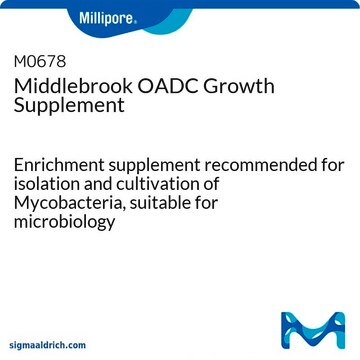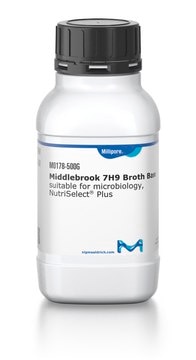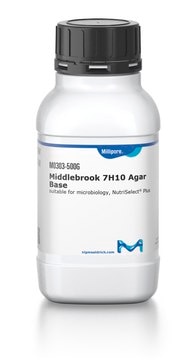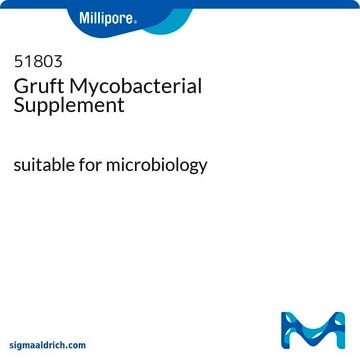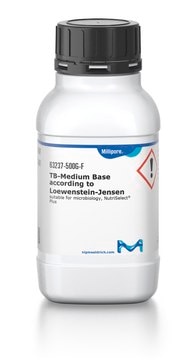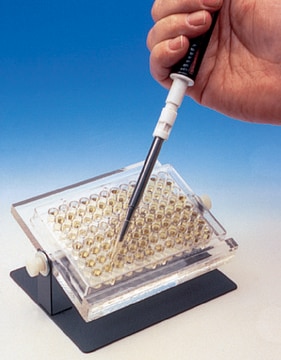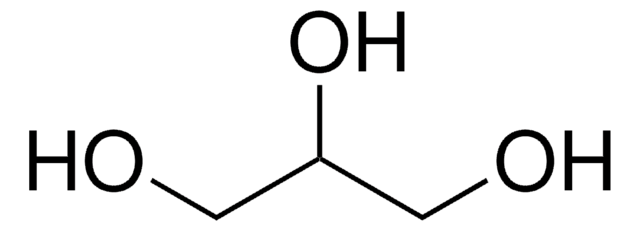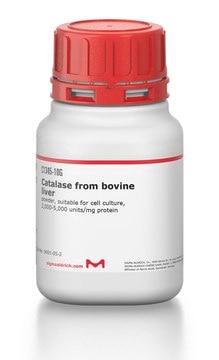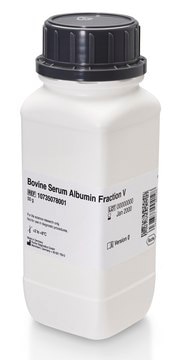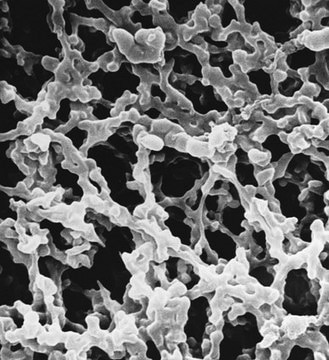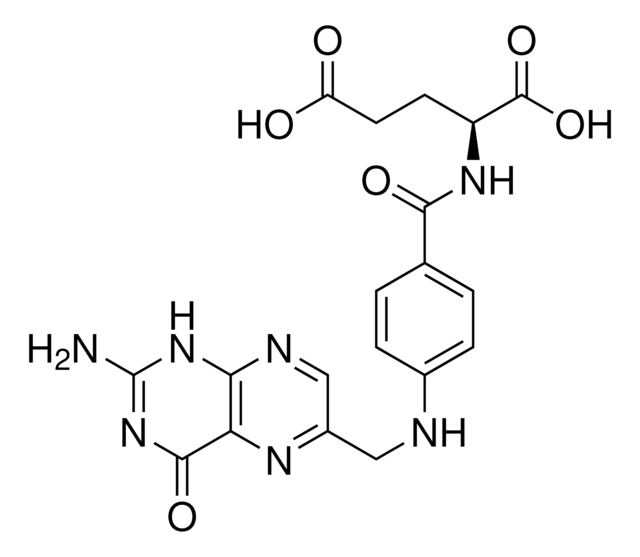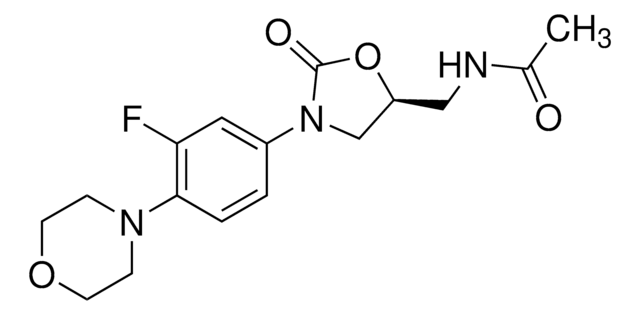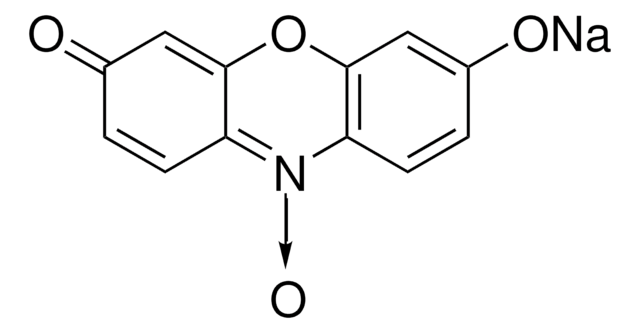M0553
Middlebrook ADC Growth Supplement
Enrichment supplement recommended for the cultivation of Mycobacteria
Synonym(s):
Middlebrook Albumin Dextrose Catalase Supplement
Sign Into View Organizational & Contract Pricing
All Photos(1)
About This Item
UNSPSC Code:
41171614
NACRES:
NA.85
Recommended Products
Quality Level
sterility
sterile (Filtered and Aseptic Handled)
form
liquid
shelf life
limited shelf life, expiry date on the label
application(s)
clinical testing
environmental
food and beverages
life science and biopharma
microbiology
veterinary
storage temp.
2-8°C
suitability
mycobacteria
Related Categories
General description
Middlebrook ADC growth supplement is used to isolate a wide variety of Mycobacteria including M. tuberculosis. It contains Bovine albumin, dextrose, and catalase. Bovine albumin neutralizes the toxic products. Dextrose is the fermentable sugar and catalase cleaves the toxic hydrogen peroxides which creates stress to the Mycobacteria cells thus, making it an ideal media for the cultivation of Mycobacterial species
Application
Specialized culture media supplement, designed to isolate and cultivate various Mycobacterial species.
Components
Ingredients: (per vial)
Bovine albumin fraction V 2.5g
Dextrose 1.0g
Catalase 0.0015g
Distilled water 50 ml
Bovine albumin fraction V 2.5g
Dextrose 1.0g
Catalase 0.0015g
Distilled water 50 ml
Reconstitution
Warm up the refrigerated supplement to 45-50°C. Aseptically add the contents of the vial to 450 ml of sterile Middlebrook 7H9 Broth Base (M0178). Mix well and pour into sterile screw capped tubes.
related product
Product No.
Description
Pricing
wgk_germany
WGK 3
flash_point_f
Not applicable
flash_point_c
Not applicable
ppe
Eyeshields, Gloves, type N95 (US)
Choose from one of the most recent versions:
Already Own This Product?
Find documentation for the products that you have recently purchased in the Document Library.
Customers Also Viewed
Nancy Patience Motlalepula Komape et al.
BMC complementary and alternative medicine, 17(1), 128-128 (2017-02-27)
Tuberculosis is an infectious communicable disease and the causative agent of the disease has over the years developed resistance to streamline chemotherapeutic agents with dire consequences and there is a need for development of new and more potent alternatives. Constituents
Joshua N Gustine et al.
Current microbiology, 76(4), 398-409 (2019-01-04)
Cell wall hydrolases are enzymes that cleave bacterial cell walls by hydrolyzing specific bonds within peptidoglycan and other portions of the envelope. Two major sources of hydrolases in nature are from hosts and microbes. This study specifically investigated whether cell
Our team of scientists has experience in all areas of research including Life Science, Material Science, Chemical Synthesis, Chromatography, Analytical and many others.
Contact Technical Service